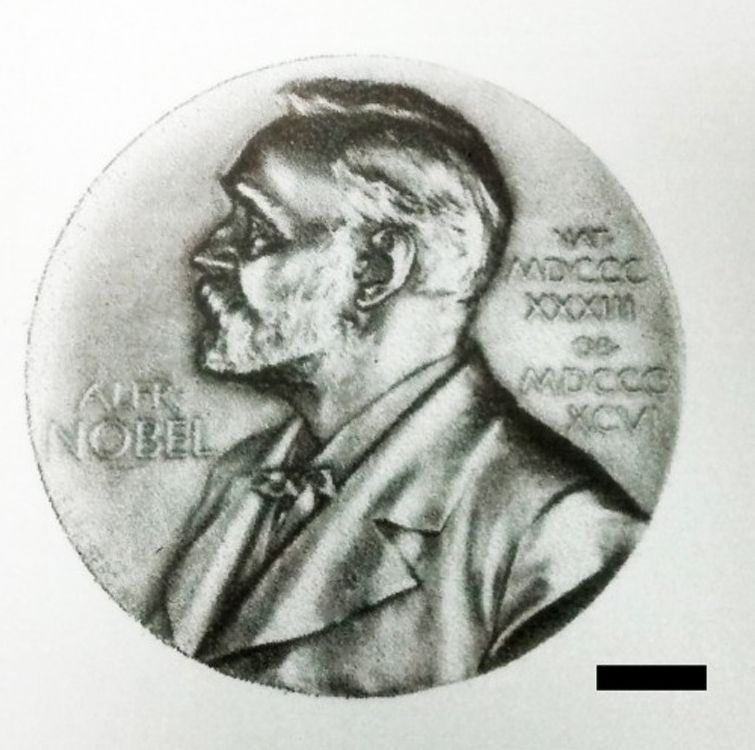Luv this.
Researchers at The University of Manchester have developed a method of producing water-based and inkjet printable 2D material inks, which could bring 2D crystal heterostructures from the lab into real-world products.
Examples include efficient light detectors, and devices that are able to store information encoded in binary form which have been demonstrated, in collaboration with the University of Pisa.
Graphene is the world’s first 2D material: 200 times stronger than steel, lightweight, flexible and more conductive of copper. Since graphene’s isolation in 2004 the family of 2D materials has expanded.
Read more
